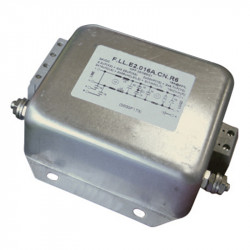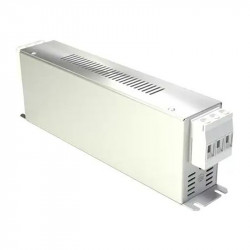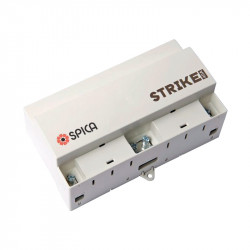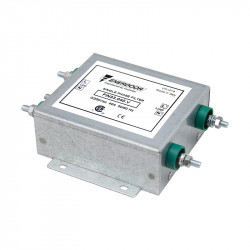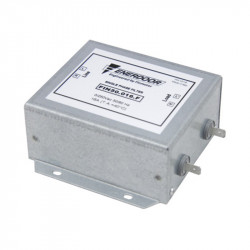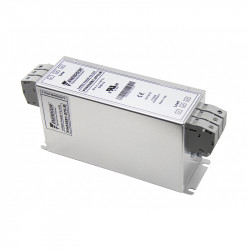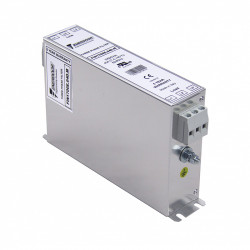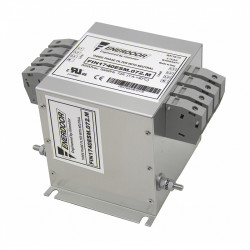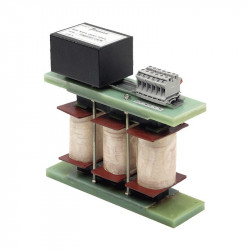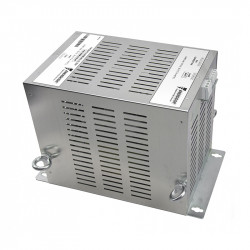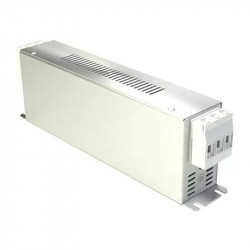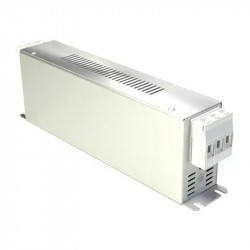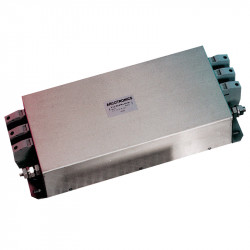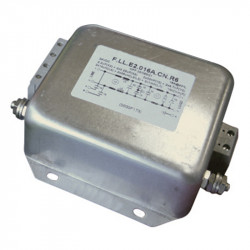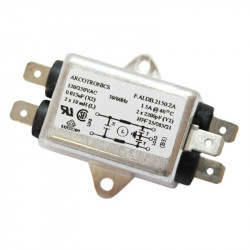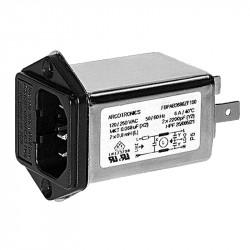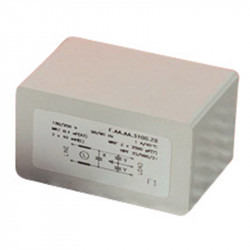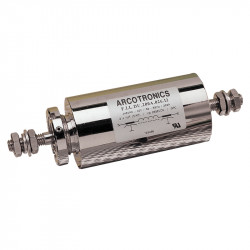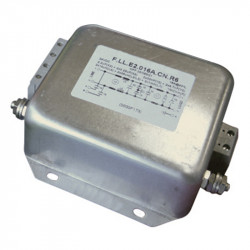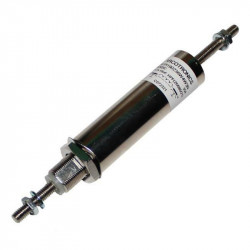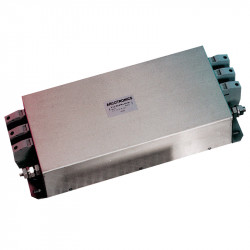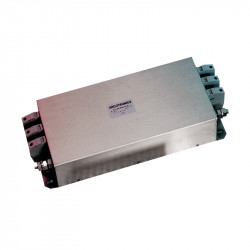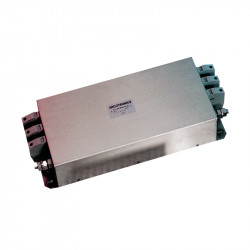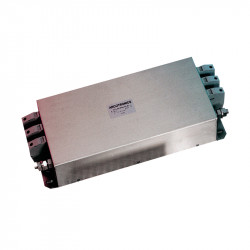EMI Filters
Categories
Electromagnetic disruptions are generated by almost every electronic device, which work is based on switching current with a huge frequency.The frequency of connections is from several dozens of Hz to several MHz. Higher harmonics of the current are not beneficial to the receivers, connected to the same power grid. They can cause overheating of cables and transformers, condensators in passive power compensation batteries, disrupted work of automatic switches. The propagation of disruptions of frequencies from 10MHz is conducted through conductivity, and over 30 MHz through radiation. Between 10 and 30 MHZ both ways of disruptions occur.
RFI filters
To limit this unwanted occurence, RFI filters are used. These filters effectively suppress current's higher harmonics in the range of 100 Hz – 30 MHz. With signals above 10 MHz, a significant effect on the filter's work has the way of montage of the fiter, its type and cable location. Filters are intended for use in devices such as: inverters, converters, pulse power supplies, medical devices, PC.
RFI filters are produced for AC from 0,5A to 1200A, in single-phase or triple-phase version. Triple-phase filters are available in options without a neutral cable (L1, L2, L3 + PE) and with a neutral cable (L1, L2, L3, N + PE).
Additionally, there are passband filters, used in military, medical and telecommunication devices. These filters are recommended for systems with many inputs and outputs, because they're cheaper than special multi-channel filters.
Technical parameters of RFI filters:
- Inclusion attenuation – describing effectiveness of filtering.
- Flow current - this current occurs because of parasitical capacity and CY capacity, occurring between circuits and enclosure (PE grounding cable). The value of this parameter depends on the sum of the CY capacity.
- Climatic category - describes conditions, in which the devices can be exploited. Provided according to the DIN40040 or IEC68 norm.
- Current overload in surroundings temperature above 40ºC – overload current going through the filter depends on the surroundings temperature. AC can be conducted by the filter in max 40ºC. After exceeding this limit, the current going through the filter has to have a value lower than the rated aan achieves zero value in max temperature, resulting from the climatic category (for filters it is 85ºC).




